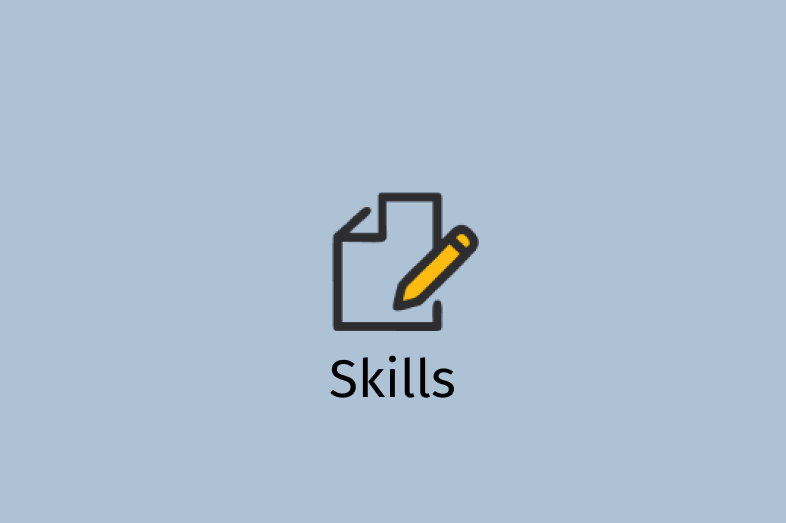What students learn every day in their classes is the core of the K-12 enterprise. And yet, unless it’s part of a really terrible lesson that goes viral, content is rarely the focal point for education news coverage.
As curriculum rises on policymakers’ agendas, it should also be a focus of the nation’s education reporters, agreed panelists at the Education Writers Association’s 72nd annual conference in Baltimore this month.
Local beat reporters frequently cover education from the political perspective (think school board meetings, superintendent searches, and the latest quarrel with the local teachers’ union). To some extent, that’s because curriculum quality is one of those hiding-in-plain-sight stories.
It’s also because, until recently, policymakers themselves have tended to focus on reforms to the teaching profession and to school structures—like teacher evaluation or the expansion of charter schools—while neglecting the more everyday question of materials.
“Curriculum has been a lever that has been underutilized, that has been devalued, and that has frankly, almost been seen as a side dish to the full plate of learning young people have,” said Sonja Santelises, the CEO of Baltimore City Public Schools.
An ‘Explosion’ of Online Resources
But developments in the last few years are shining a new spotlight on instructional materials.
There has been an explosion of free and paid online curriculum resources, many of varying quality. Nonprofit groups are now issuing Consumer Reports-style ratings of textbooks. Several new studies highlight the importance of teacher training on good materials.
Even philanthropies once best known for supporting small schools and reforms to the teaching profession, like the Bill & Melinda Gates Foundation, have committed new funding to helping more students access top-rated curriculums. (The Gates Foundation provides financial support to the Education Writers Association.)
But what should reporters look for when they dig into their district’s materials? One big issue is whether the curriculum is organized to build students’ background knowledge coherently across grades. That’s largely what sets top quality materials apart from mediocre ones, said David Steiner, the executive director of the Johns Hopkins Institute for Education Policy.
One reason students’ reading scores tend to be flat isn’t because they can’t “find the main idea,” Steiner said. Rather, it’s because students don’t have enough background knowledge, taught through a variety of rich texts, to understand what they’re reading, he said.
“We have a mania for teaching skills because we are uncomfortable agreeing on content,” he said Steiner, who previously was the state education commissioner for New York.
In a poignant example, Santelises gave an example of the gaps in her own district’s materials.
Last year, the Johns Hopkins center examined the Baltimore school system’s curriculum. It looked at the type of texts students were expected to read, whether they were sequenced in a logical way, and whether they covered a broad domain of content needed to fill in knowledge gaps for young readers.
The district had made a special effort to include culturally relevant reading. But the audit found that not only were certain key topics missing, but the curriculum unwittingly painted an overwhelmingly negative picture of African-American experience—emphasizing slavery and the struggle to secure civil rights over stories of flourishing Black culture and achievements like the Harlem Renaissance, the pioneering journalism of Ida B. Wells, and or the bravery of the Tuskegee Airmen.
Santelises wrote an op-ed for The Washington Post in 2018 that highlighted some of the troubling findings about the curriculum surfaced in the Johns Hopkins audit and her plans for change.
“Our patchy curriculum not only was failing to serve our students well — it was exacerbating knowledge gaps for our low-income students,” she wrote.
Just because there’s increasing attention to the importance of coherent curriculum doesn’t mean that teachers are always on board with districts’ decisions to switch out their materials, the panelists cautioned. The norms of the teaching profession tend to work against curriculum reform, noted Morgan Polikoff, an associate professor of education at the University of Southern California.
Teacher-preparation programs, which work with teachers going to dozens of school systems, typically don’t teach toward any one set of materials. There’s also the unspoken belief that a good teacher is one who creates his or her own materials rather than using or adapting what a district supplies.
“We can never forget that in this country we have 10,000 school districts, most of them are absolutely minute, and it really is the accepted wisdom that everyone should be doing their own thing, that it is the teachers’ job,” Polikoff said. “This is a fundamental part of the culture of teaching in the U.S., and it’s not obvious to me that it’s healthy.”
‘Professional Malpractice’
In fact, data from a survey by the RAND Corporation found that an astonishing number of teachers say they use resources like Pinterest and Teachers Pay Teachers to plan lessons. It’s not that those materials are all bad, the experts hastened to point out, but that teachers aren’t always in a position to judge their quality or use them in a way that’s well-sequenced and coherent from lesson to lesson and grade to grade.
Santelises is a convert to the idea that curriculum matters. Replacing teaching materials isn’t a substitute for empowering teachers to use them well, and it doesn’t obviate the need for a healthy, safe school environment, she said. But to assert that content doesn’t matter “is frankly professional malpractice,” she said.
And it’s reporters’ professional obligations to make sure that they’re reporting on the impact of curriculum decisions, where the materials fall short, and whether teachers are struggling to use them, the panelists concluded.



